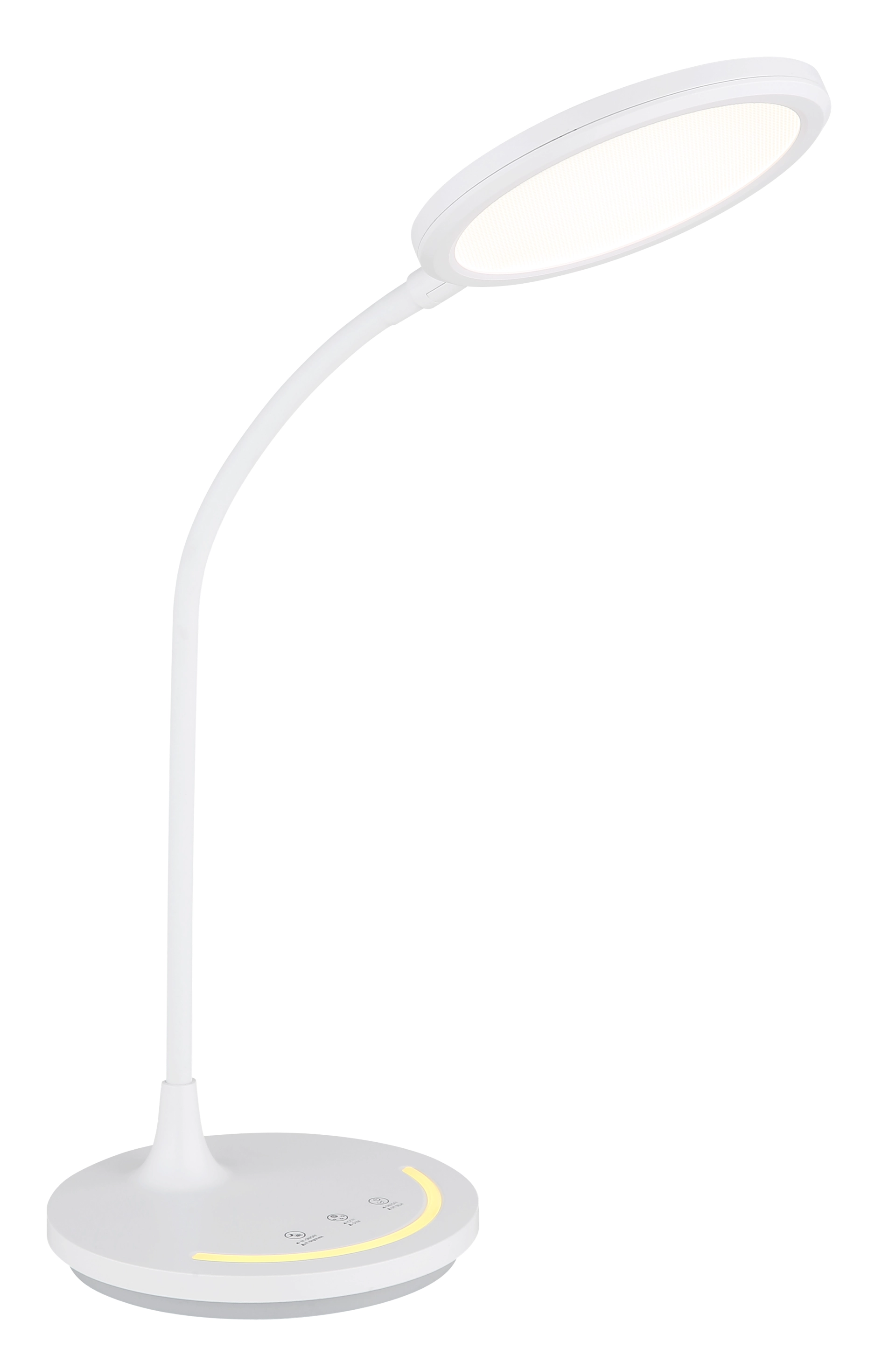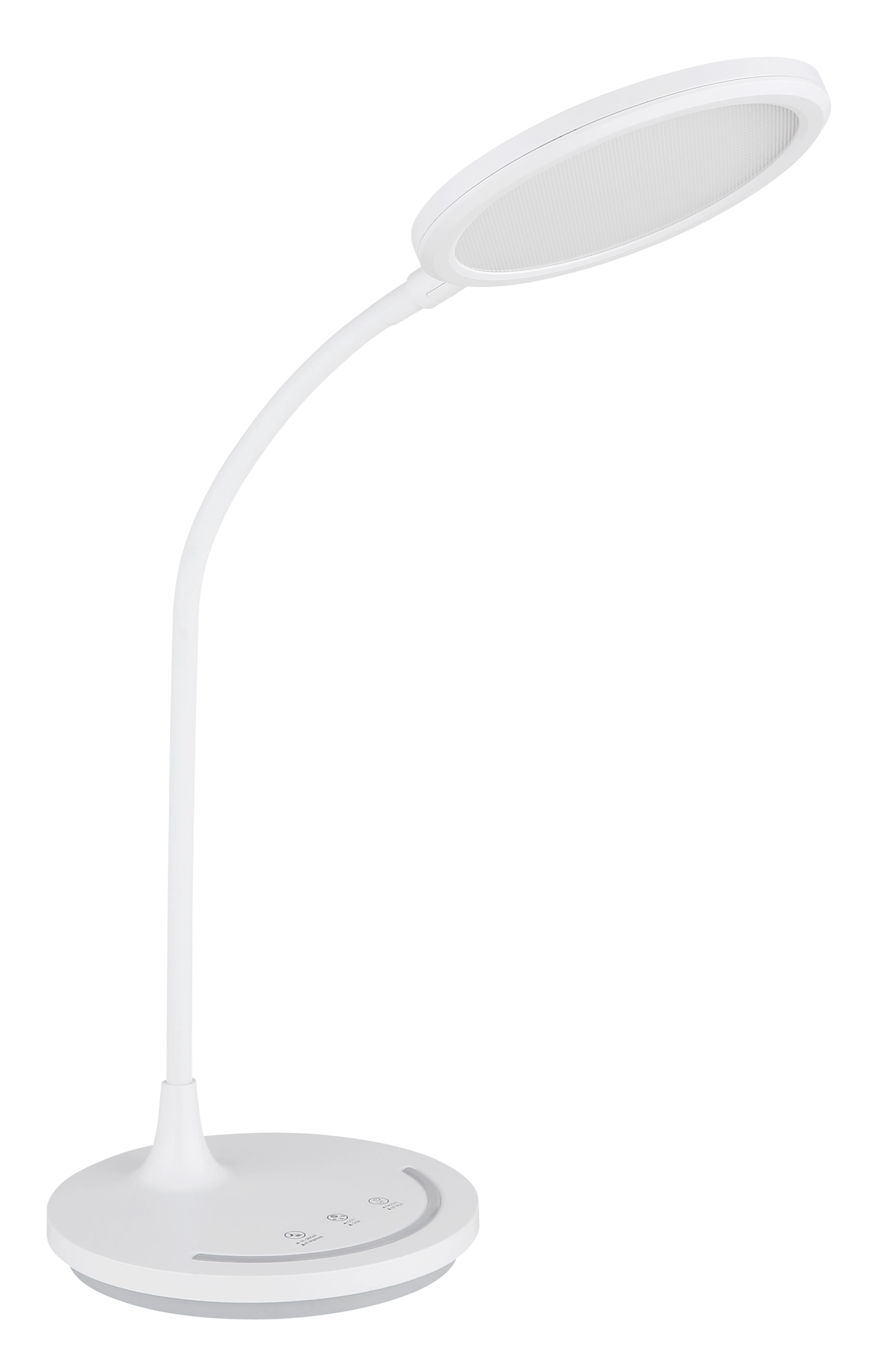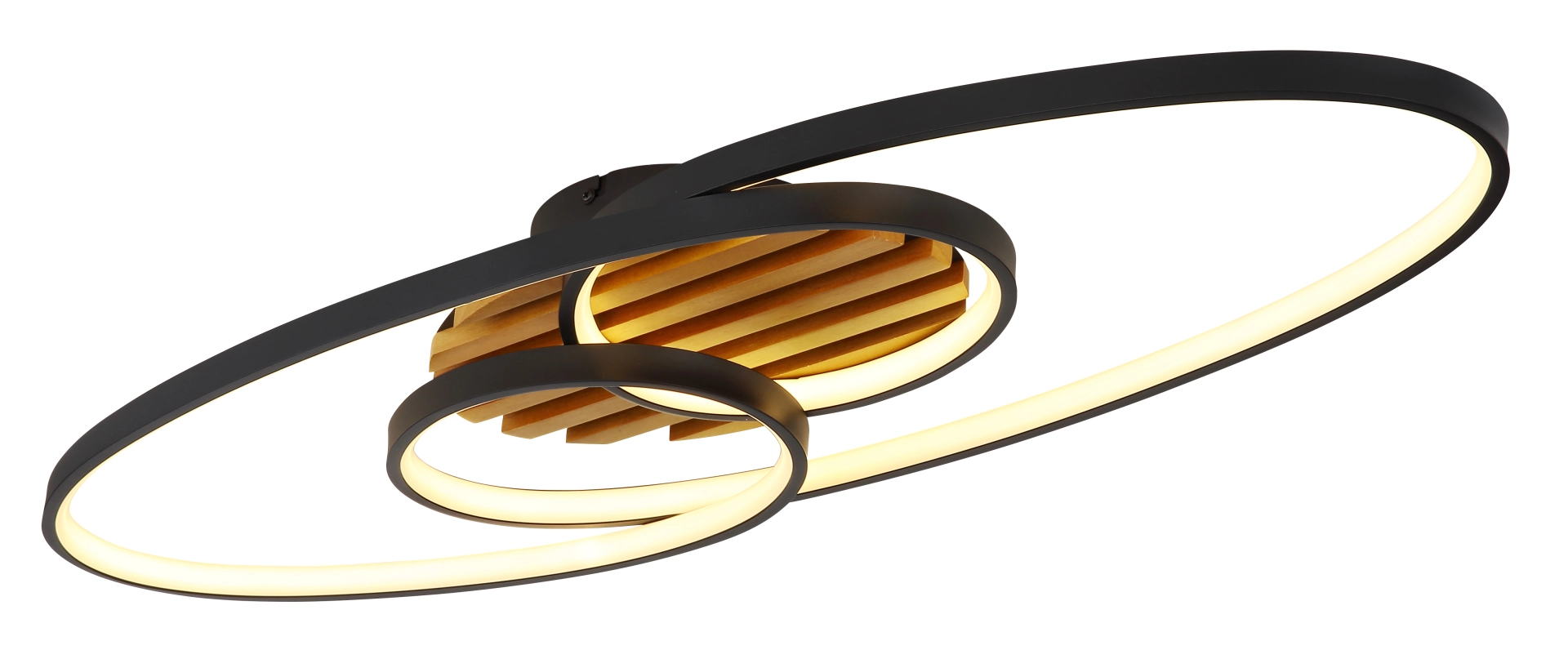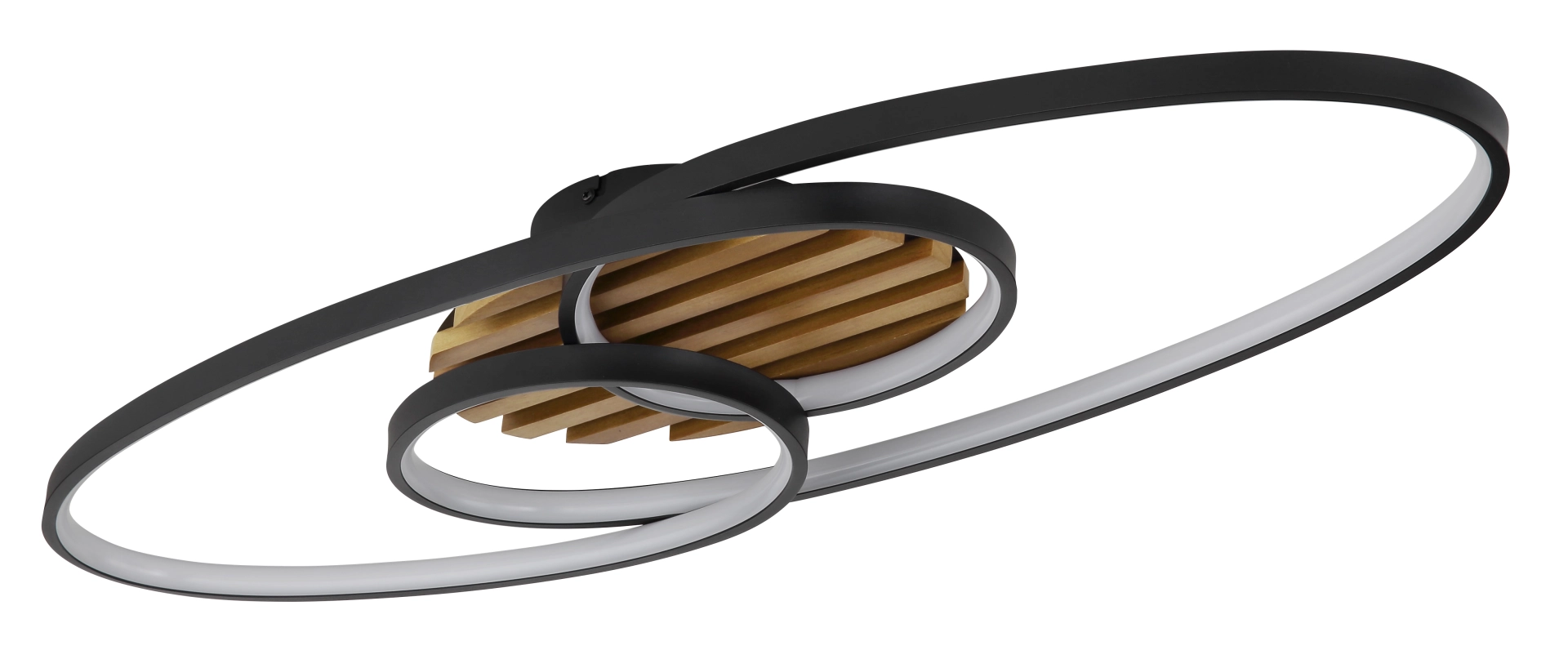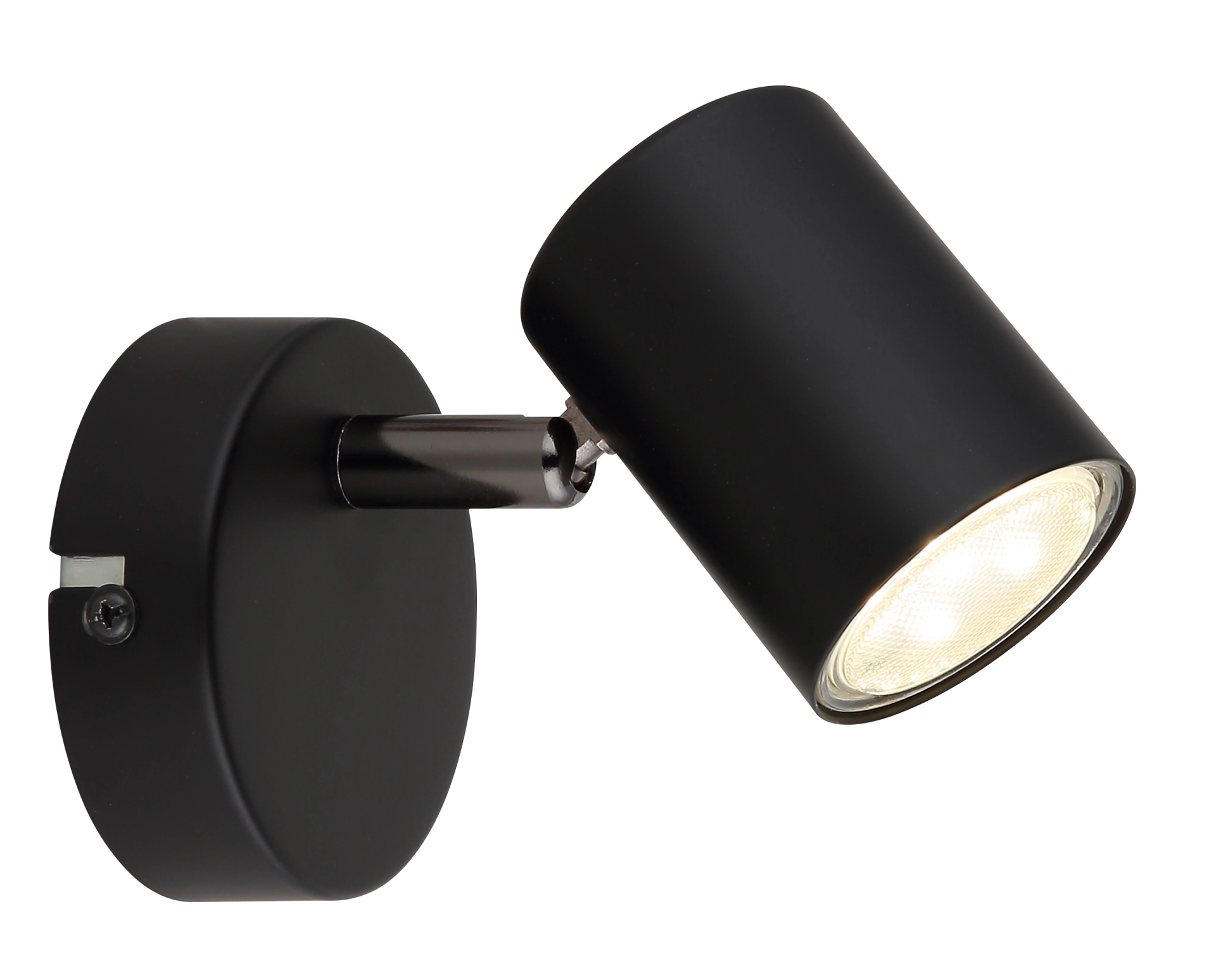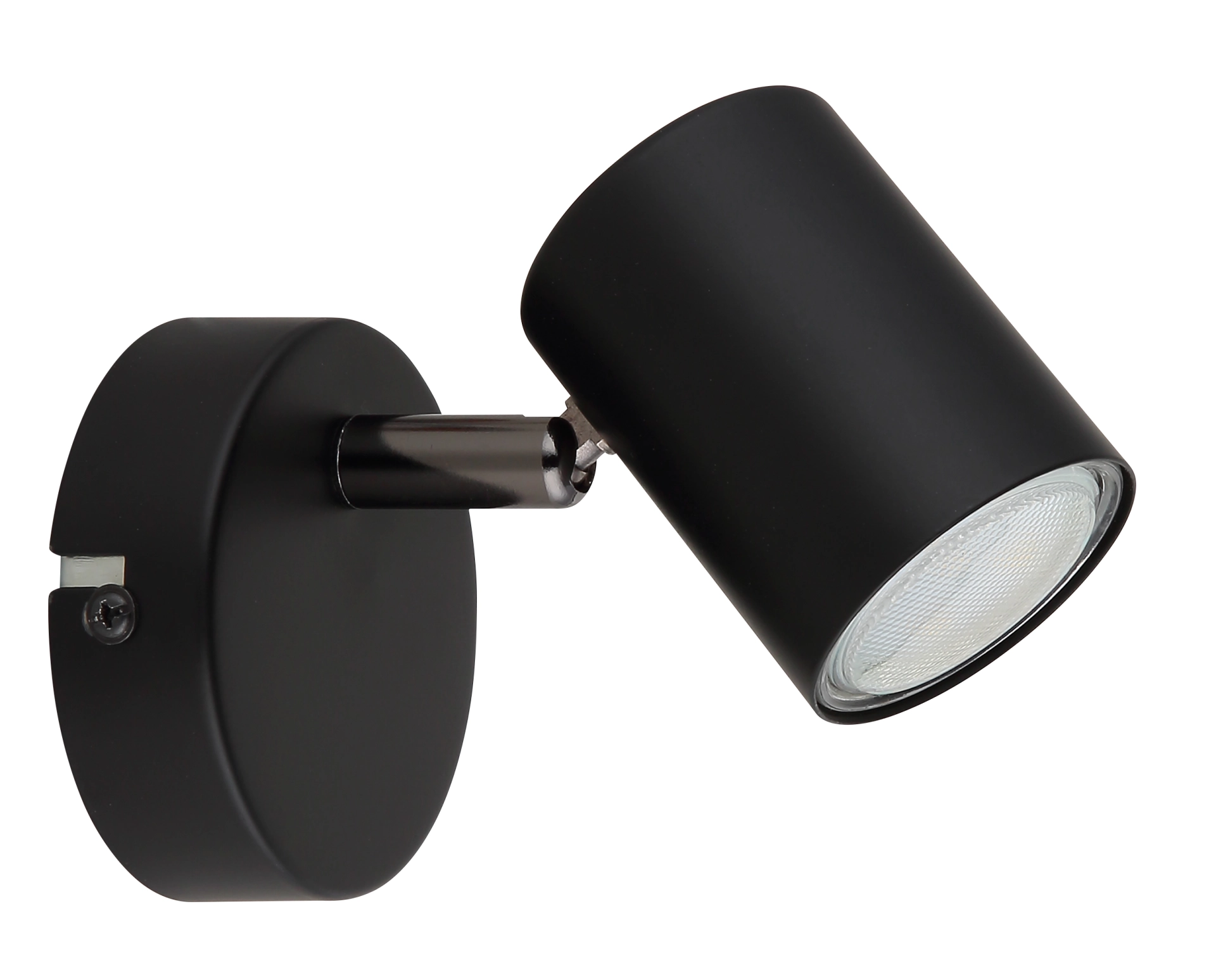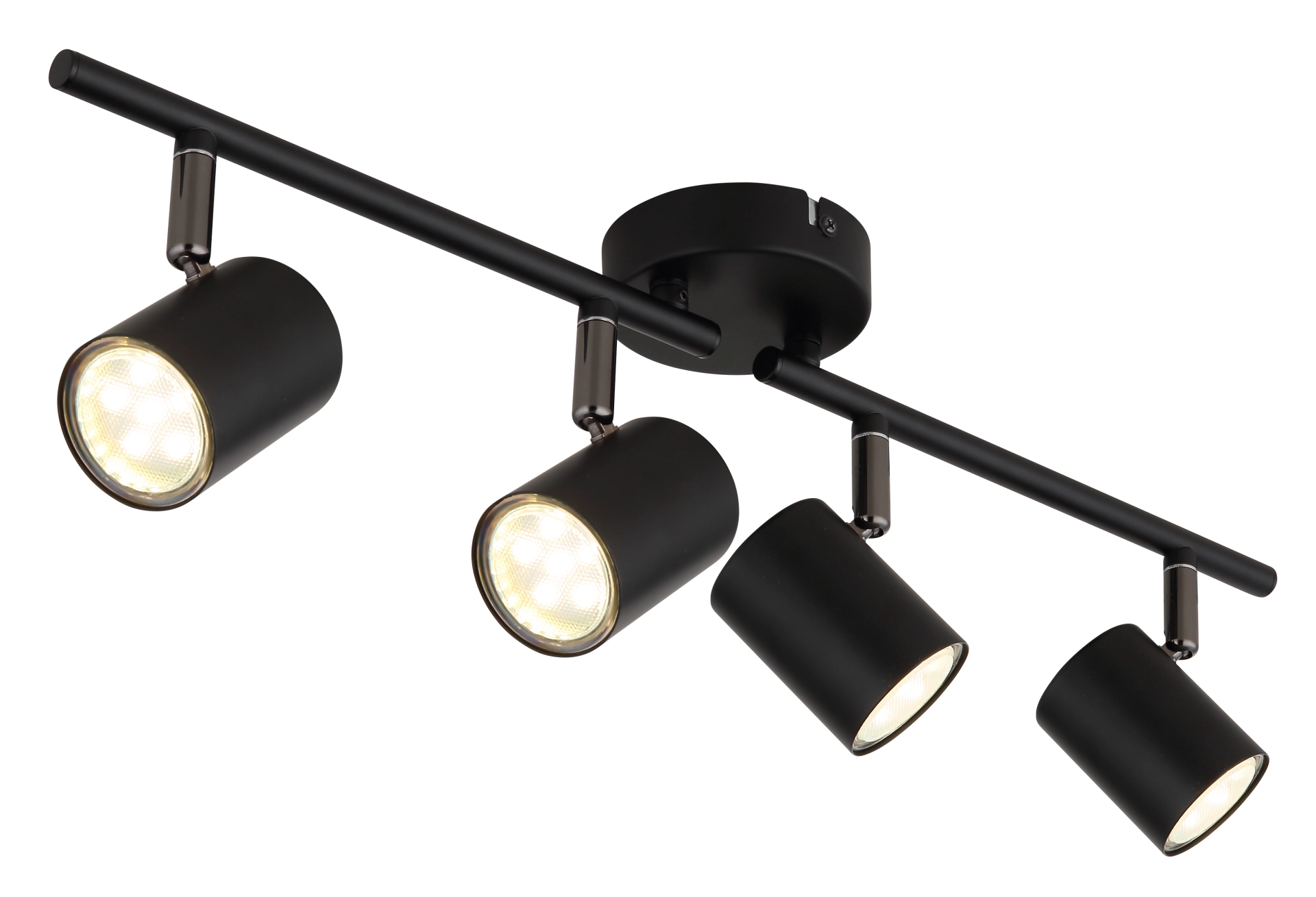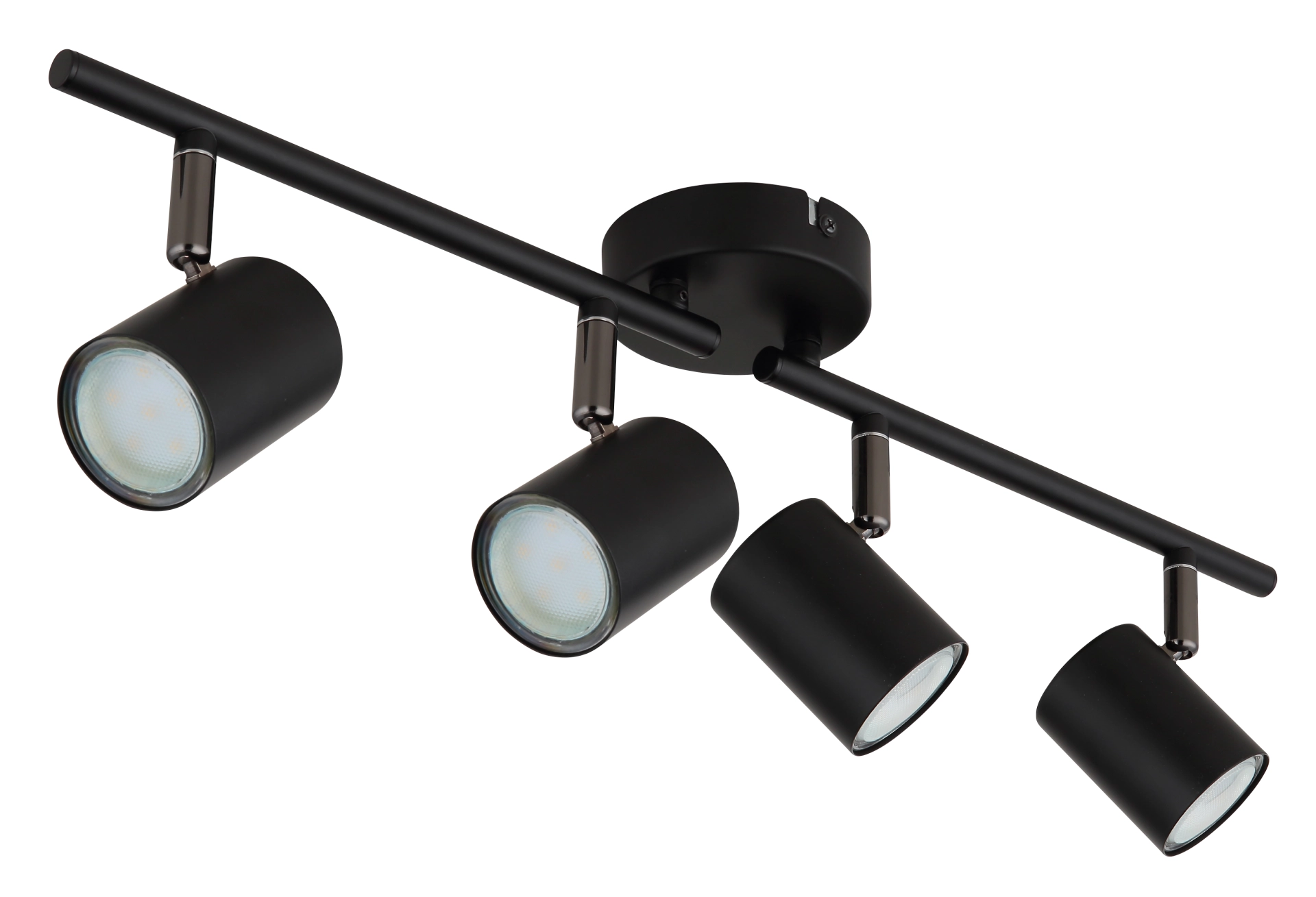WHICH CEILING LIGHT IS RIGHT FOR MY SPACE?
PAY ATTENTION TO LIGHT INTENSITY AND COLOUR TEMPERATURE
Whereas in the past the wattage was used to indicate the brightness of a light source, today the light intensity and colour temperature are used in connection with new technologies such as LEDs. The light intensity is given in lumens, the colour temperature in Kelvin.
HOW MANY LUMENS PER SQUARE METER?
How many lumens per square meter you need depends on the room and the brightness you need. For living spaces, for example, 100 lumens per square meter are recommended. For workspaces such as the kitchen, but also for the bathroom, on the other hand, it should be more like 300 lumens per square meter.
Keep in mind that different wattages translate into a different number of lumens depending on the type of bulb. For example, 400 lumens require 40 watts for an incandescent bulb, while 4 watts is sufficient for an LED.
CHOOSING THE RIGHT COLOUR TEMPERATURE
Colour temperature refers to the colour of the light. It is measured in Kelvin. The higher the colour temperature, the colder the light. Again, it depends on the type of room. In spaces such as the living room, a warmer colour temperature of 2,000 to 3,300 Kelvin is usually pleasant. For the study and kitchen, on the other hand, colder colour temperatures of 5,000 to 6,000 Kelvin are recommended, as this promotes concentration and attention. Ultimately, however, this is up to personal taste.
WHAT ARE PUPIL LUMENS?
To complicate matters a little further, not all lumens are the same. This is because the perception of light intensity is influenced by the colour temperature. This is due to the structure of the human eye. For example, warm colours such as red appear fainter than cold colours such as blue.
As the colour temperature differs depending on the light source, the value for Pupil Lumen is always slightly different from the actual number of lumens of the light source. In the case of light bulbs with rather warm colours, the pupil lumen number is therefore lower than in the case of bulbs with rather cold colours, such as LEDs
EFFECTIVE LUMENS
And finally, there are the effective lumens: this number indicates the actual light intensity achieved. Losses caused by the optical system such as reflectors, lampshades or diffusing lenses are already factored in. This is the decisive value for you.
In the product data of our ceiling lights, you will find both the number for the lumens at the source and the effective number of lumens:
HOW MANY CEILING LIGHTS DO I NEED?
The number of ceiling lights needed depends on the following factors:
- Size of the room
- Floor plan of the room
- Use of the room
- Ceiling height of the room
- The furnishing of the room
- Bulbs used
- Personal preferences in the distribution of light
To determine how many ceiling lights you need for a room, you should know the approximate size of the room and consider the floor plan. The latter determines whether all areas can be illuminated with a single ceiling light or whether several ceiling lights are required. The ceiling height must also be taken into account, because the higher a room is, the brighter the ceiling light must shine in order to achieve the desired light intensity.
In addition, keep in mind that the décor of the room can also affect the perceived lighting. If there is light-coloured furniture in a room that reflects the light, correspondingly fewer lumens are required than with a dark interior.
Depending on the use of the room and your personal preferences, you can distribute the required number of lumens to one or more ceiling lights.
Example: living room with 30 square meters. Number of lumens required at 100 lumens per square meter: 3,000. You can achieve this figure, for example, with two LEDs of 16 watts (1,300 lumens each) and one LED of 4 watts (400 lumens). It gets more even and a little brighter with four LEDs of 10 watts each (900 lumens each). In total, that would be 3,600 lumens. If you don't want it quite as bright, you can also use four LEDs of 8 watts each (with 700 lumens each). In total, this results in 2,800 lumens.
When choosing your ceiling light, pay attention to which bulbs can be used and how many bulbs are used. This allows you to distribute the required light intensity according to your preferences and the nature of the room.
It’s worth noting that, dimmable ceiling lights can be used particularly flexibly. Here you can adjust the light intensity according to your needs.
ENERGY REQUIREMENTS OF CEILING LIGHTS
Another criterion when choosing the right ceiling light is the energy requirement. Ceiling lights with LEDs are particularly efficient. With the same number of lumens, they require only about a tenth of the energy that would be needed for an incandescent lamp. An energy-saving lamp is about five times more economical than an incandescent lamp. After all, a halogen lamp still requires about a third less energy than an incandescent lamp.
So also pay attention to which light source you can use for your ceiling light when it comes to energy requirements.






